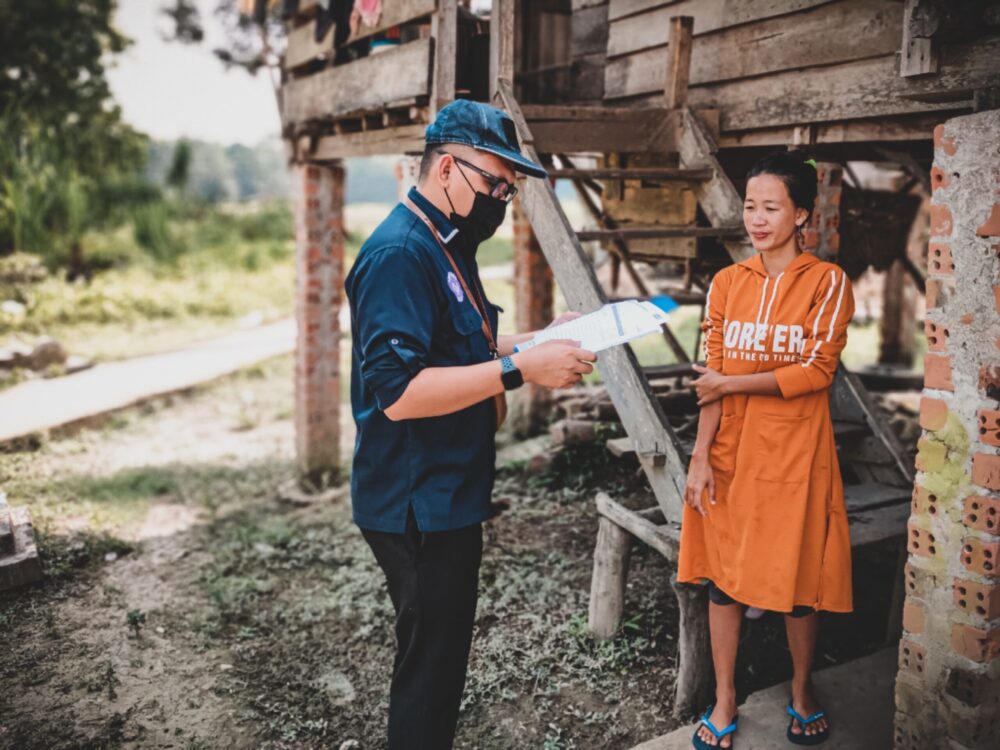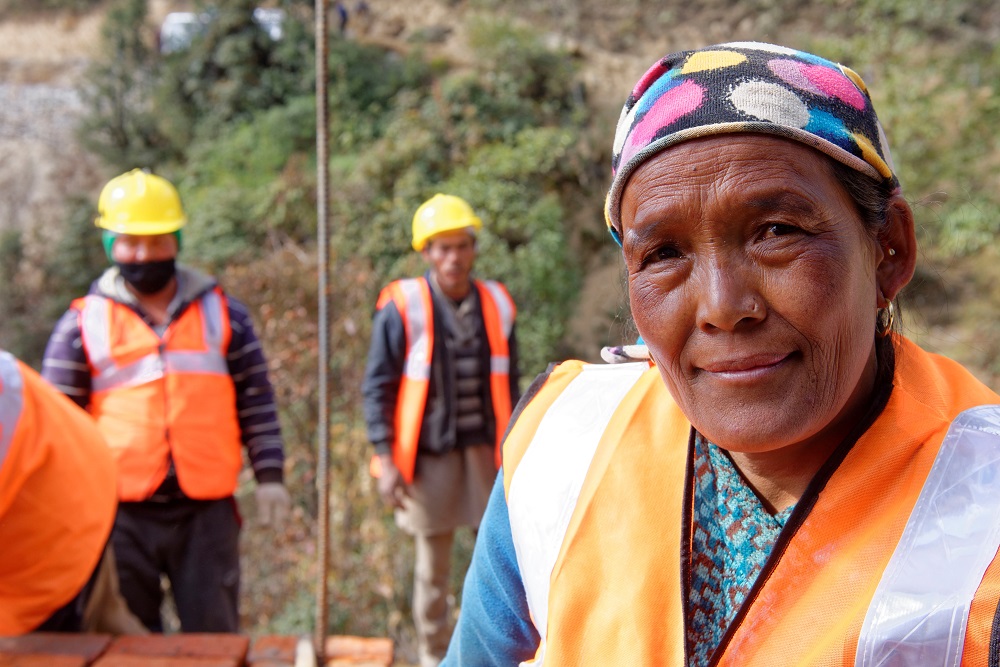Database descriptions, statistical standards (resolutions and guidelines), and guides and manuals – all the metadata to better understand the labour statistics presented on ILOSTAT.

Making labour statistics work for women: Recent developments and the way ahead
In this blog, we highlight key developments which have greatly enhanced the visibility of women’s work within labour statistics, and the relevance of labour statistics to women’s work, making for a much more complete view of the world of work.

What to know when comparing data on women and men’s work
How many men and women were employed last week? How many hours did they work in their main jobs? And how many hours did they work in unpaid activities such as caring for children? These are seemingly straightforward questions but measuring paid and unpaid work through household surveys is anything but straightforward. This holds true especially for women in developing countries, who are more often engaged in informal activities such as microenterprises or small-scale farming — activities that can fall through the cracks of traditional surveys.

Keeping labour data flowing during the COVID-19 pandemic
Losing the ability to collect data may not be one of the more obvious negative effects of the COVID-19 pandemic. However, nearly all countries in the world found it difficult to gather data precisely when demand was highest. A recent global survey by the ILO has highlighted just how great the impact was on the production of labour statistics and how countries responded to meet user needs for data.

How to strengthen gender measures and data in the COVID-19 era
The data is abundantly clear on one point: the COVID-19 pandemic has had a disproportionately negative impact on women. Because more women work in the tourism, retail, and informal sectors, which have been hardest hit by the pandemic, their livelihoods have been upended. Understanding the extent of this impact is the first step in reversing course. Yet the pandemic has also exposed and exacerbated data gaps that undermine our ability to act intentionally and craft effective policy responses.

Lessons from the pandemic: Building better gender data for the future
The COVID-19 pandemic has laid bare not only inequalities in the world of work, including between women and men, but it has also further emphasised the gender data gaps that hamper our understanding of the depth, nature and evolution of those inequalities.

Will COVID-19 impair the availability and quality of labour statistics?
The pandemic is radically impacting our lives. But what about the statistics used to assess those impacts? Without timely and accurate information, we will not act through adequate and informed policies. Though numbers should focus on the health of the population, we also need to understand what is happening in the domain of labour statistics. That is, how is COVID-19 affecting our working lives? What is less obvious, however, is that the pandemic is also affecting our ability to compile such statistics.







